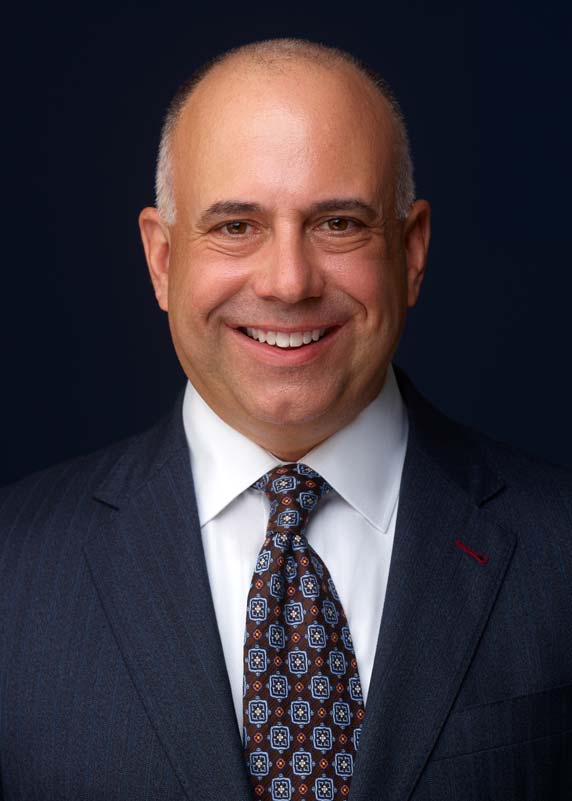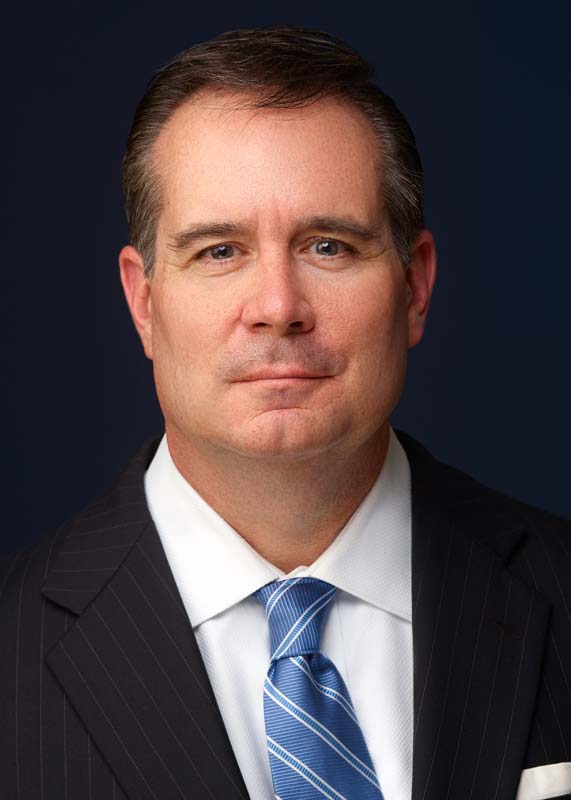Skull Fractures and Motorcycle Accidents
What You Should Know About Skull Fractures After Your Motorcycle Crash
Motorcycles aren’t exactly the safest modes of transportation. If they were, there wouldn’t be a Maryland helmet law. Although some bikers aren’t thrilled that they have to wear the head gear, the fact is, they save lives.
Unfortunately, even if you are wearing a helmet, you can still experience a skull fracture. Although your helmet offers a lot of protection, it can still allow you to experience injuries during a serious and forceful collision. If you believe you are suffering from a skull fracture, you’ll need to seek treatment immediately.
The Basics
A skull fracture is any break in the cranial bone, which is also known as the skull. Although there are a variety of different types of fractures, there is only one cause: an impact or blow to the head that is strong enough to break the bone.
Symptoms
Although everyone is different, many of the symptoms of a skull fracture are the same. If you have any of these characteristics that are consistent with a skull fracture, contact a doctor right away.
- Feeling Sick – Some motorists who experience fractures complain of vomiting or nausea. Although what you’re feeling could be caused by a variety of different problems, it’s important to go to your doctor if you feel this way, as it could caused by a skull fracture or other type of head injury.
- Bruising – A classic skull fracture symptom is bruising. Typically the bruising occurs behind the ears or under the eyes. Although the bruising could simply be a result of the impact or your helmet, you should have a doctor take a look at you just to make sure it’s not because of a skull fracture.
- Bleeding – Those who are suffering from skull fractures may also have unexplained bleeding. The bleeding can take place at the wound itself, or out of the eyes, ears or nose.
- Change in Pupils – Another symptom of a skull fracture is changes in your pupils. One pupil may become larger than the other, or they could become unresponsive to light.
- Neurologic Symptoms Skull – fractures can also cause motorists to experience neurological problems. For instance, slurred speech, irritability, restlessness and drowsiness can occur because of a fracture in the skull, as can having convulsions, loss of consciousness and headaches.
Diagnosis
You should head to the doctor immediately after being involved in a motorcycle anyway, but particularly if you suspect you have a skull fracture. The doctor may be able to tell upon examination if your skull is fractured. For instance, based on your symptoms and appearance, the doctor might immediately know your condition. However, some other types of tests may be required to be sure, and to know the extent and exact nature of the fracture.
- Computed Tomography Scan – A computed tomography scan, also known as a CAT or CT scan, is often used when diagnosing skull fractures. This technique typically gives the clearest picture of the fracture and any damage to the brain because it produces a three-dimensional image.
- X-Rays – X-rays, or radiographs, are excellent in determining if there are fractures in bones. Unfortunately, however, they cannot show if damage was done to any type of soft tissue, such as the brain.
- MRIs – Magnetic resonance imaging is also helpful in diagnosing skull fractures as it provides pictures of both the skull and the soft tissue surrounding it.
Types of Fractures
A few different types of fractures can occur when you suffer from this type of injury.
- Closed Fractures – Fractures are considered to be closed when the bone is broken, but the skin around it is not open or cut.
- Open Fractures – A fracture would be classified as open if the broken bone protrudes from the skin. This is also known as a compound fracture.
- Depressed Fracture – A skull fracture is considered depressed when the skull sinks in or extends to the brain cavity.
- Basal Fracture – A basal fracture is a break that occurs in the floor of the skull. These fractures would appear near the ears, eyes, nose, back or near the spine.
Treatments
Treatments for skull fractures depend on a variety of different factors. For instance, the patient’s age, health and medical history are taken into consideration, as well as the kind of fracture, its severity and any brain damage that results.
Oftentimes, pain medication is the only kind of treatment given, as the fracture will likely heal on its own. More serious cases, however, may require surgery.
If you experience a basal fracture, you may need surgery to prevent leakage of cerebrospinal fluid from the nose and ears. Depressed fractures also usually require surgery, particularly if the fracture is causing pressure on the brain or fluid leakage.
Consult with an attorney if you experience a skull fracture as a result of someone else’s carelessness. You may be eligible to receive compensation.
Like what you’ve read? If so, share with your friends on Facebook! You may prevent someone from losing a life, or having serious problems because of an untreated skull fracture.
Meet Our Team

Gregory P. Jimeno, Esquire
Partner

Frank C. Gray, Jr., Esquire.
Partner

Magaly Delisse Bittner, Esquire
Partner

Jessica McConnell, Esquire
Associate

Lisa Eckstorm
Office Manager and Funding Coordinator

Alex Avioli-Bent
Paralegal

Erin Finn
Paralegal

Connie Almond
Paralegal

Karen Nolasco
Paralegal

Robyn Youssef
Intake Specialist
